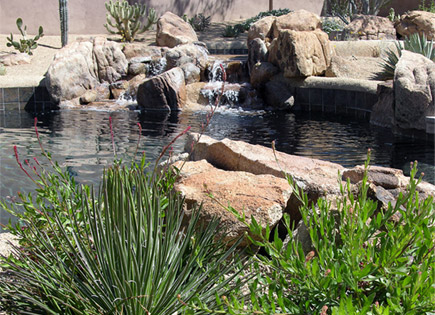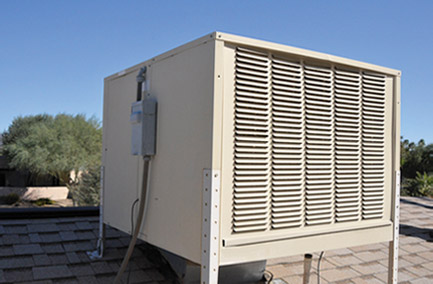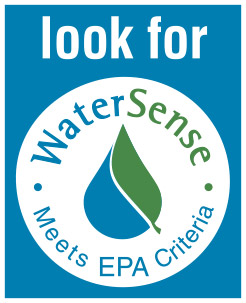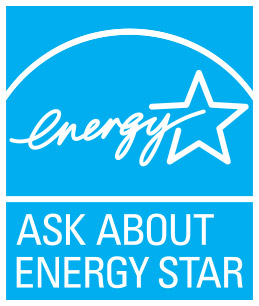Efficiency Tips
You will achieve water savings by switching to more efficient appliances and fixtures, maintaining household water-using devices and practicing water-wise behaviors. A water-efficient home also helps conserve energy and may reduce your sewer costs. The following provides helpful tips on maintaining a water-efficient home.
Outdoor Efficiency Tips
Below are checklists for improving water efficiency outside your home.
Irrigation System and Landscape Water Management
- Plan, design and install an efficient irrigation system.
- Install low-water-use plants. (See Resources.)
- Adjust your watering schedule at least seasonally (4 times a year).
- Know how to water your plants properly.
- Use a long screwdriver as a soil probe to test soil moisture. If you can push it easily into your lawn for several inches, do not water.
- Look for signs of overwatering such as leaves turning lighter shades of green or yellow, young shoots wilting or algae or fungi growth.
- Once a month, turn on each irrigation station or zone and look for leaks and water waste.
- Adjust sprinkler heads so they do not spray sidewalks, driveways, walls or buildings.
- Mow regularly to prevent grass from obstructing sprinkler spray.
- Look for water spray or seepage from the top or bottom of sprinkler heads, as this is an indication of a broken sprinkler head or riser in need of repair.
- Check for water in the valve box, as this may indicate a leaky valve in need of repair.
- Look for wet spots, small holes or depressions in the ground, as this may indicate an underground irrigation leak.
- Know the location of your irrigation shut-off valve so you can quickly shut off your irrigation water supply system in emergencies.

Pool, Spa and Water Feature Management
The typical swimming pool can lose the equivalent of its entire water volume to evaporation (10,000-25,000 gallons) in one year. This is the amount of water needed to meet the average family's water needs for three months.
- Use a pool cover to minimize evaporation (monitor frequently for water quality).
- You may be able to use backwash water on salt tolerant plants. Contact your water provider for more information.
- Backwash pool only until the water runs clear.
- Consider using a cartridge filter that does not require backwashing.
- Properly maintain chemicals to reduce the frequency of pool draining.
- Do not overfill your pool. This will minimize potential loss from splashing.
- If you choose to install a water feature, consider one that does not splash or spray into the air.

Evaporative Cooler (Swamp Cooler) Water Management
An evaporative cooler is an alternative to a standard air conditioning unit as a cooling system. These systems cool air through water evaporation.
- Check pan for corrosion that may result in a leak.
- Inspect float assembly to make sure the water shuts off before reaching the overflow line.
- Use a recirculating pump and make necessary adjustments to ensure even water distribution on pads.

Did You Know?
A typical swimming pool can lose the equivalent of its entire water volume to evaporation in one year-the amount of water needed to meet an average family's water needs for three months!
Indoor Efficiency Tips
Below are checklists for improving water efficiency inside your home.
Bathroom: Toilets, Showerheads, Bathtubs and Faucets
The majority of indoor water use occurs in the bathroom.
- Replace older toilets with WaterSense labeled toilets.
- Avoid in-tank toilet cleaners, which may decrease the life of your toilet flapper.
- Replace older showerheads with WaterSense labeled showerheads.
- Take five-minute showers or shallow baths.
- Use WaterSense labeled faucet aerators.
- Turn off the water when lathering, shaving or brushing your teeth.

Kitchen: Faucets, Dishwashers, Refrigerators and Reverse Osmosis (RO) Systems
- Use WaterSense labeled faucet aerators.
- Chill drinking water in the refrigerator rather than waiting for cool water to arrive at the tap.
- Purchase a dishwasher with the ENERGY STAR logo, which is, on average, more energy and water efficient than older models.
- Run full loads in dishwashers rather than washing by hand.
- RO systems can use over four gallons of water for each gallon of water made, so look for water-efficient RO systems.
Laundry Room: Washing Machine
- Purchase a washing machine with the ENERGY STAR logo, which is, on average, more energy and water efficient than older models.
- Wash full loads or adjust load setting when washing smaller loads.

Water Heaters (hot water tanks)
- Listen and visually check for leaks around the tank fitting and drain valve.
- Flush the water heater at least annually to remove accumulated deposits that can contribute to tank corrosion. (See owner's manual for directions.)
Water heaters can spring leaks at their fittings or from the drain valve at the bottom of the tank. In addition, corrosion can eat through the tank liner.
Hot Water Recirculation System
Recirculation systems may become leak-prone as they age.
- Check pipes and valves for signs of leaks or malfunctions.
- Purchase on-demand recirculation systems that only run when needed or consult a qualified plumber about what system would work best for you.
- Timer-based systems keep hot water in the hot water line during user-set periods. Turn timer off when out of town. (See owner's manual for directions.)
Water Softener (water conditioning)
Residential water softeners can use 25 gallons of water or more per day. As these systems age, they may become leak-prone and inefficient. Many water softeners are set to regenerate at night, but you may have a different timetable or it may be an on-demand type system. You can prevent a softener from using water by engaging the bypass located on the top of the water softener.
- Consider removing your water softener.
- Look for high efficiency models if you choose to install a water softener.
